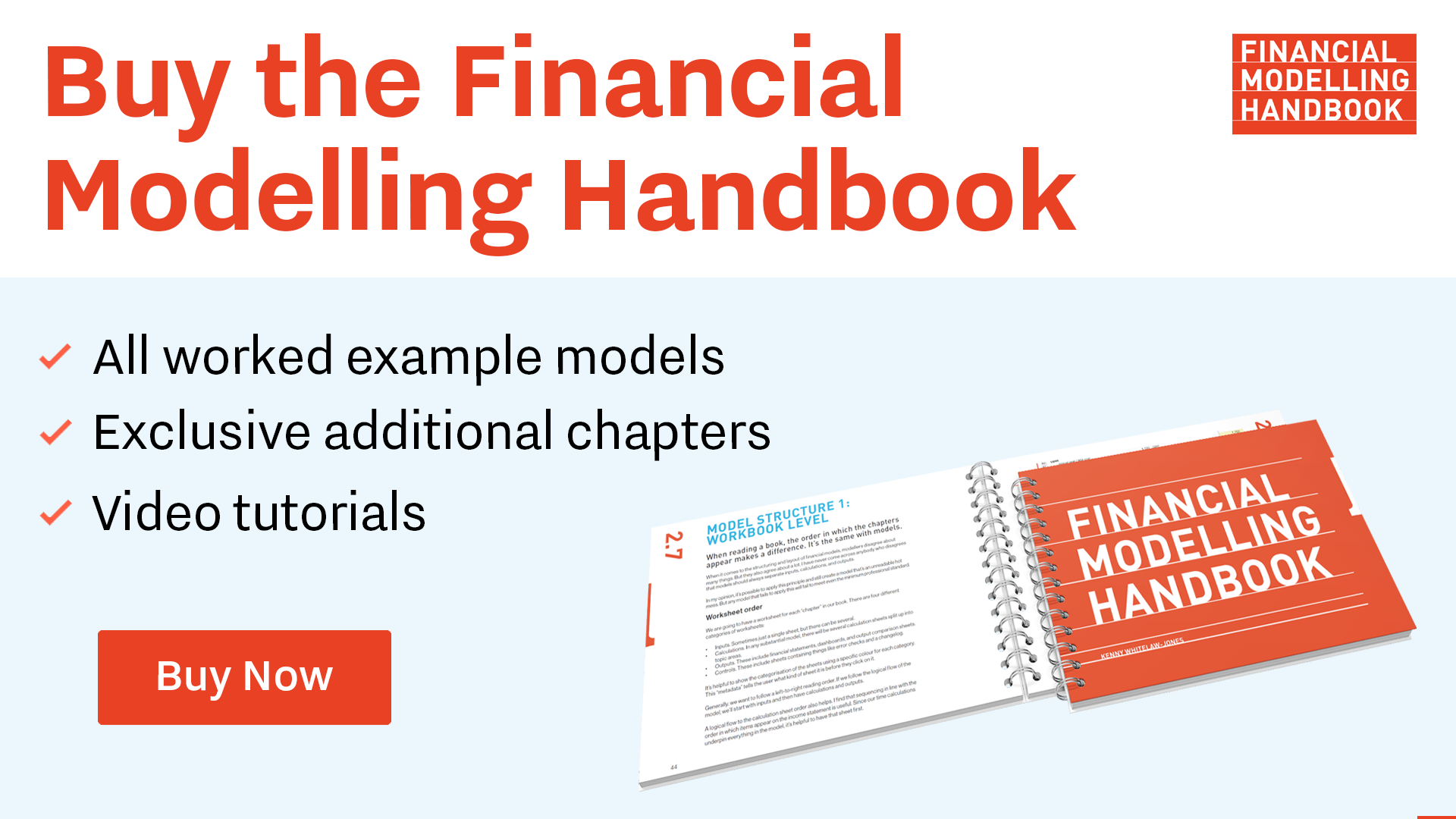Fixed asset & 100% equity financing - assignment
With revenue and opex taken care of, it's time to turn our attention to the balance sheet.
The case tells us that the total Project Cost will be $100m by COD. This $100m will need to appear on our balance sheet.
There are several different ways to account for both assets and revenue in Project Finance transactions. We will stick to "Fixed asset" treatment in this book.
With fixed asset accounting, we will show the $100m of Fixed assets on the balance sheet.
Of course, we can't just create a $100m asset out of nowhere. We also have to show how the purchaser will finance this asset acquisition. To begin with, we are going to assume 100% equity finance of the asset.
Let's not lose sight of the purpose of the model. We aim to determine what premium or discount to par value we would pay to acquire this project company. We will calculate this premium, or discount, with reference to our target IRR. This will come later.
For now, let's look at the "par value" financing. If we acquire assets worth $100m at par, we will pay $100m for them.
The financing will consist of both debt and equity. For now, we are going to assume 100% equity finance. Therefore the full $100m will be in the form of share capital.
The next step of the model build assignment is to create two new line items on our balance sheet.
- $100m of fixed asset balance as of the transaction date.
- $100m of share capital balance as of the transaction date.
You'll want to think about what flows would make those balances go up and label your corkscrew accordingly.
We are going to tackle Fixed assets and Share capital simultaneously so that we can progress with a balancing balance sheet.
We will come back to look at what flows will impact those balances.
Download the start model for this assignment:
To obtain the worked example file to accompany this chapter buy the financial modelling handbook.

Comments
Sign in or become a Financial Modelling Handbook member to join the conversation.
Just enter your email below to get a log in link.